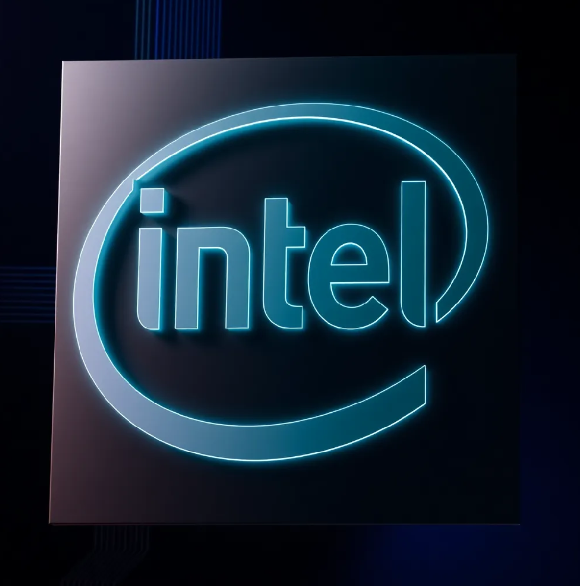Solventum (SOLV) $67
The valuation is reasonable, the price to sales ratio is just 1.5x with a $12Bn Market Cap and $8.2Bn in sales.
Solid profit-making company with 25% operating margins and an EPS of $6.25, which gives it a decent multiple of 67/6.25 or just 11 – this is a discount to comparable health companies for sure.
The big problem is the lack of revenue growth, Solventum has been struggling at $8.2MBn in sales for the last three years, and even post spin-off is guiding to zero growth. That is also a bit difficult to swallow with all their segments – MedSurg, dental, health information and drinking water filtration, having 4-6% annual growth opportunities. There seems to be an execution problem.
Pre-spin off this was a well-entrenched 70 year business within 100,000 global customers, with presence in 75% of US hospitals and 50% international sales
3M has saddled it with $7.7Bn of debt so there is an interest burden of $400Mn which will dent profitability, till they reduce it in the next two three years.
The low valuation is definitely interesting, but we don’t want to walk into a value trap, where the stock just stagnates because of zero growth. Right now, there needs to be better execution or at least a strategic plan to start growing again.
It might make sense to buy a small quantity to take advantage of the low valuation and then add more with better growth visibility.









